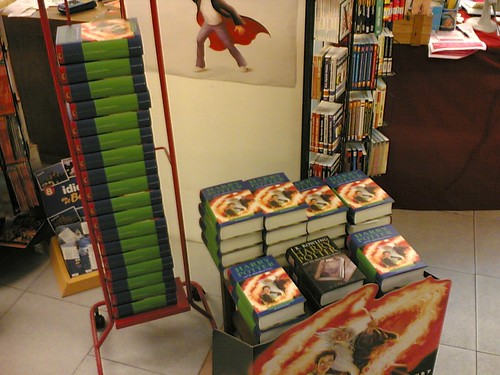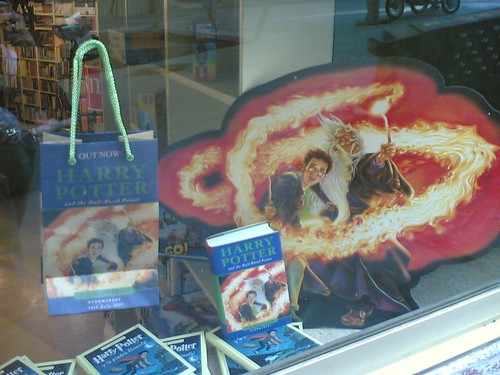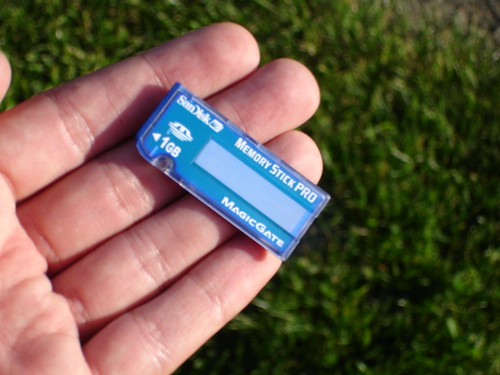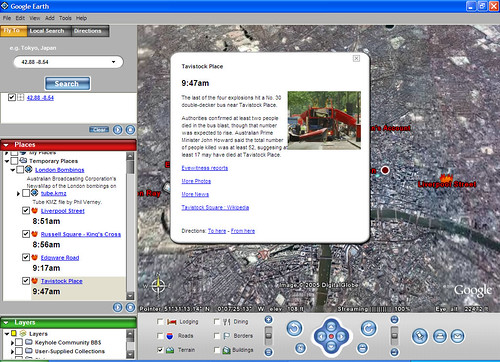Unos enlaces sobre el impacto de 7J en los teléfonos móviles y el impacto de los teléfonos móviles en el 7J.
London 7/7 and Mobiles, sobre el impacto informativo de las imágenes enviadas por los propios afectados empleando sus teléfonos móviles.
The most striking example was the widespread circulation of photos and videos taken with mobiles in the aftermath of events. While people have been using blogs and tools like Flickr to report their own news and images and share information for quite some time, and mobile photos have made their way into mainstream media, never before had user-generated content, much of it from mobile phones, played such a big part.
British news organizations had received their first images from the public within minutes, and some footage was on air within 20, relaying the vicious nature of the attacks. Very quickly, there was footage from inside Tube trains revealing the confusion and panic of the immediate aftermath of the blasts — changing the nature of reporting from the professional polish of news crews arriving after an event to amateur footage showing a much more human side of things. User-generated content even went deep into the oldest of old media: The Guardian says (reg req’d, unfortunately) the image used on its and the Daily Mail’s front page was sent to the BBC by a member of the public (image 8 in this slideshow).
London terror and mobiles…, considerando posibles servicios de alertas que podrían crearse en la red de telefonía móvil.
It should be possible to include a «roll call» feature into the system so that users can be «hailed» and be able to confirm that they are OK. Radio and network resources could be reserved especially to allow this mode of communication only, or to give it priority.
During the crisis, anyone trying to call into cells in the affected area could be played an announcement to indicate that the system is overloaded. The network could take over by issuing roll-call messages on behalf of callers.
Calls could be time-limited, so that the throughput of calls is increased. It should also be possible to queue users to avoid the added problem of repeated call attempts. This again would allow a higher throughput and more efficient management of the network resources.
If the called party is not in the affected area, it should be possible for the network to play an announcement indicating to the caller that the person they are calling did not appear to be in the affected area when the crisis emerged.
In short, during a crisis, the mobile network would bring «crisis management» protocols into play and manage how the network is used in order to maximize its effectiveness.
Y un par de artículos encontrados en New Mobilities.
Mobiles capture blast aftermath de la BBC donde se comenta la rápida respuesta periodística. BBC News y Sky News supieron aprovechar el tremendo flujo de imágenes creadas por los ciudadanos. Periodismo de bolsillo, lo llaman. Destaca también la gran importancia de sitios como Flickr, que con sus potentes características sociales permite la difusión rápida de esas imágenes. En el futuro, ese tipo de información periodística producida sobre el terreno por los propios afectados no hará más que aumentar a medida que mejoren las capacidades de la red y la calidad de las cámaras:
Although data transfer and calls cannot be made on a mobile in most of the London underground network, photo, video and other such functions do work.
The first images showed people making their way out of smoke and soot-filled carriages, while other footage showed the rescue efforts that took place above ground.
Third-generation (3G) and second-generation phones that can shoot video are becoming more popular in the UK, where mobile penetration is more than 80%.
The use of mobile reporting in mainstream news is a sign of the changing relationship between journalists and non-journalists, and is proving a powerful way to report events before TV cameras arrive.
En Cellphones Change the View of Disaster Los Angeles Times comenta exactamente la misma situación: los primeros en informar y enviar imágenes fueron los propios afectados, mucho antes de que un periodista pudiese llegar al lugar de los hechos. Eso sí, comentan las necesidad de analizar los vídeos para garantizar la autenticidad. Me pregunto si las cadenas de televisión rutinariamente verifican la autenticidad del material gráfico producido por sus propios periodistas.
The airing of cellphone video represents an evolution in television’s use of amateur footage. Fourteen years after Lake View Terrace resident George Holliday used his Sony Handicam to videotape Los Angeles police officers beating motorist Rodney G. King, networks routinely rely on footage from personal camcorders in covering stories. Photographs taken by cellphones have recently made an appearance on air, especially during December’s tsunami in South Asia. In January, the digital news channel ABC News Now aired video of President Bush’s inauguration that was captured on attendees’ cellphones.
But Thursday’s attacks marked the first time cellphone video played a significant role in the coverage of a major breaking news event, a technique that could transform television news, analysts said.
«George Holliday happened to have a bulky camcorder present when Rodney King was beaten, and the entire culture and history of Los Angeles changed as a result,» said Jeffrey Cole, director of the USC Annenberg School Center for the Digital Future. «Today, through cellphones, almost every citizen has a 3-ounce still and video camera in their pocket or purse, and everything that happens will be recorded and shared for better and, much more often, for worse.»
Y por supuesto, un moblog: We’re not Afraid.






